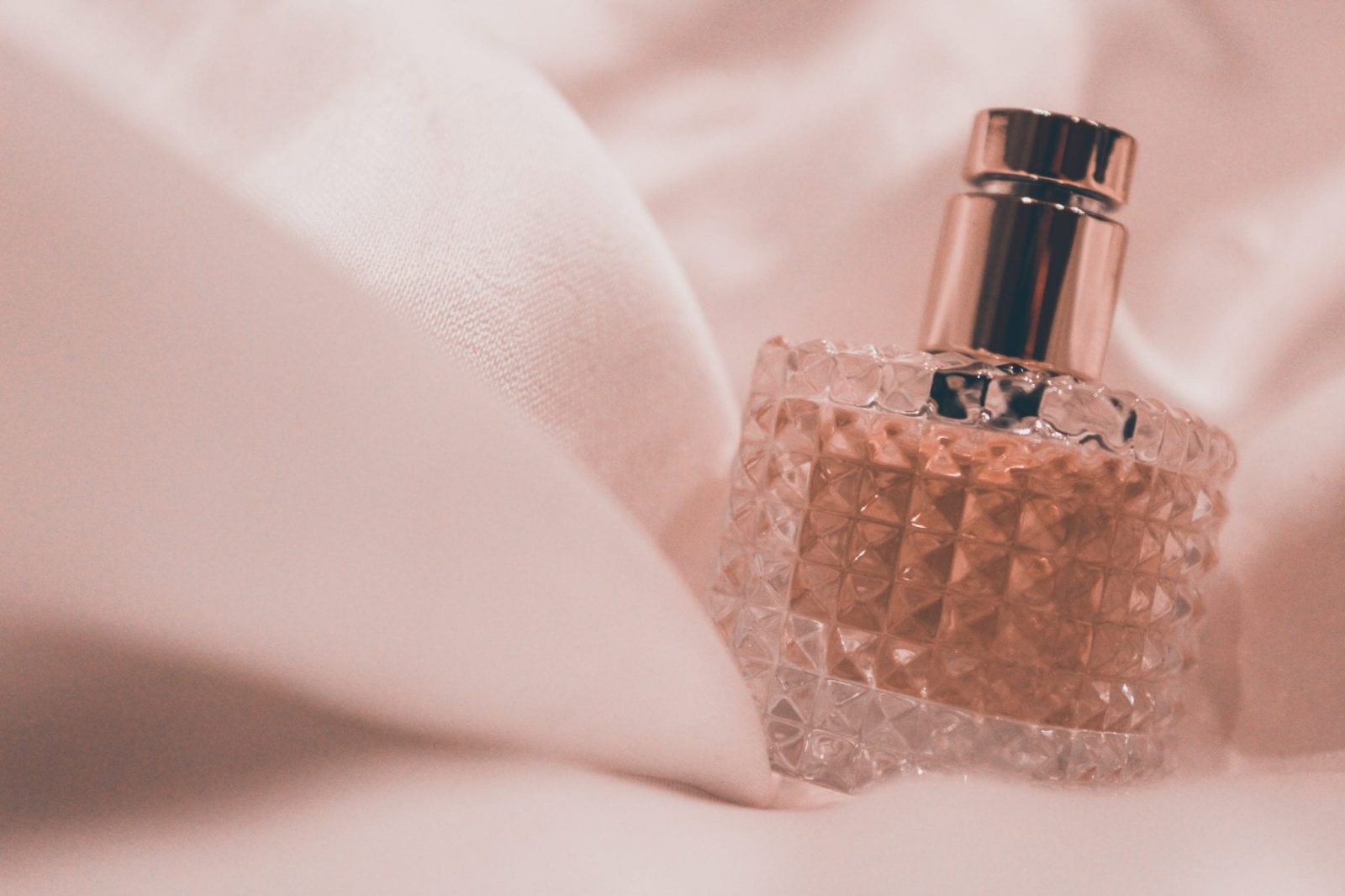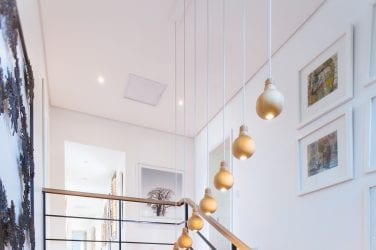Suppose you are a professional photographer or have a passion for portrait photography. In that case, your list of needed equipment can quickly become overwhelming as you browse online courses and guides about how to get started. However, one selection may be simple: choosing your photography backdrops.
Photography backdrops are a necessary piece of equipment for both amateur and professional photographers. These are versatile, highly durable, and reasonably priced. It might be considered one of the primary needs in your sessions, alongside the model.
Backdrops are available in various materials, styles, and sizes and can be utilized for a variety of occasions. Understanding the fundamentals of each sort of photographic backdrop can be a required lesson, especially for newbie studio photographers.
This article aims to discuss the materials that are frequently used as photography backdrops and how to maintain them properly.
Common Materials for Photography Backdrops
A well-chosen backdrop may inject your sessions with personality. You select one based on its pattern, color, or print and foresee how well it would suit the model.
A backdrop can significantly improve the quality of your photographs, but how do you choose the best professional photo background for you? Which type is ideal for your photos without costing an excessive amount? To begin, you should become familiar with what we refer to as a backdrop’s material.
Material of Backdrops
Even though they share the same color or picture, the performance of backdrops in your photographs will be affected by the materials used. Photography backdrops are available in a variety of materials. To give you a sense of the variety of backdrop materials available, here is a list of five popular photographic backdrops to help you choose the appropriate one.
Seamless Paper
For years, photographers have favored seamless paper. It produces a paper surface that is smooth, dry, and non-reflective.
Unlike most fabric backdrops, though, seamless paper is not resistant to wrinkles. When it develops creases or stains, you simply need to clip away the damaged areas. It will be folded up for storage and will not require washing. As a result, it is not very durable given the material.
Microfiber
Microfiber is a type of artificial fiber. Microfibers are most frequently used in photography backdrops and are composed of polyester. Microfiber backdrops provide a more professional appearance. The sturdy, wrinkle-resistant microfiber backdrop is more suitable if you want to go for realistic images.
Microfiber backdrops can be printed in a variety of patterns and designs using high-definition printing technology. You can even create a personalized microfiber backdrop to meet your specifications.
Microfiber backgrounds come in a variety of styles and can be utilized for a variety of events. It is plush, sturdy, and machine washable. Additionally, it is simple to clean and store.
This type of material is ideal for portraiture, events, product photography, and video production, among other things.
Muslin
Muslin is durable, washable, and wrinkle-resistant. Muslin backdrops, being a very traditional alternative, are always popular with photographers.
Muslin backdrops are pretty lightweight and easily foldable, making them highly portable. By substituting muslin backdrops for paper backdrops, you significantly reduce the stress associated with photography preparation, and you can carry one to any venue.
Muslin lends an overall professional appearance to the background while also providing variety.
Vinyl
Vinyl is a durable and reliable material. This material prevents the backdrop from becoming wrinkled. A high-quality vinyl background will typically feature an exclusive non-reflective matte coating that eliminates glare.
This material is ideal for digital printing since it adds rich colors and a touch of elegance and sophistication to the background.
Another significant benefit of vinyl backdrops is their ease of cleaning. The vinyl backdrop will be ready for use in the next session with a simple wipe with a somewhat damp sponge. That is why it is effective for cake smashes, food fights, and other activities.
However, please keep in mind that vinyl cannot be washed with water or folded.
Canvas
When it talks about canvas, the word “painting” immediately comes to mind. This cloth is likely to contain dyes, paints, and oils. As a result, canvas adapts itself well to hand painting without being absorbed or smearing.
Because canvas backdrops are soft, smooth, and waterproof, they may be used for an extended period of time. Canvas has grown in popularity as a backdrop for photographic sessions, and it will always bring originality and embellish your photography.
Proper Maintenance of Photography Backdrops
Store the backdrops in a clean and dry place
Inspect the storage location for humidity issues. In humid situations, backdrops absorb moisture, causing creases in the cloth and bacterial growth that can ultimately damage the surface. Additionally, sunshine has the potential to destroy the backdrop. Additionally, you should monitor the room temperature and avoid compressing the cloth backdrops with any external force.
Regularly clean it
Regular cleaning is necessary. Otherwise, repeated usage without proper cleaning results in tenacious stains that might be hard to remove. Regular cleaning, on the other hand, is never synonymous with excessive cleaning. Contrary to the particular care directions, using incorrect cleaning solutions might ruin your backdrops.
Avoid walking on the backdrop with shoes
Unless otherwise required, you should avoid walking with your shoes on the backdrop (except for the models). If it is indispensable, it is recommended to use removable shoe covers or purchasing a rubber floor mat that matches the backdrop.
Put backdrops at low heat when drying
As per the care labels on particular varieties of fabric backdrops, they can be dried in the dryer. Try to set the dryer to low heat and observe the proper care directions on the backgrounds’ care labels to determine the appropriate setting. Allow approximately 20 to 30 minutes to dry.
Use a handheld steamer or cool iron
Keep an eye on the steam ironing temperature. The iron’s heat may cause damage to the backdrop. If necessary, use a handheld steamer to cure the wrinkles with steam or a cool iron carefully over the backdrops.
Maintain appropriate indoor ventilation
Regardless of whether you utilize the photography backdrops in your studio or on-site, it is recommended to open ventilation outlets or windows before the shoot to avoid dust and microbial growth. This is not only beneficial to your health but also helps maintain the backdrops nice and clean.







